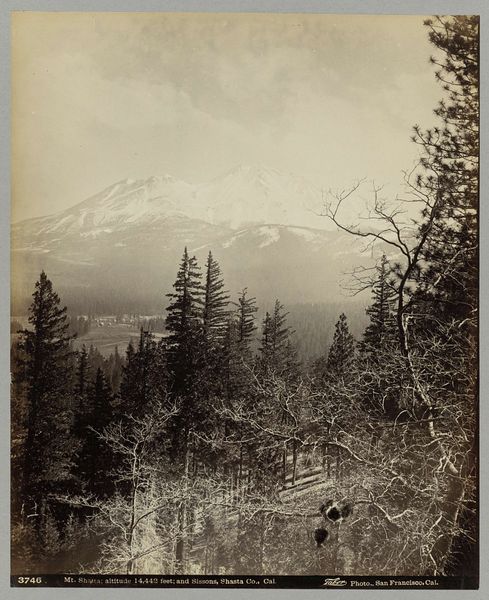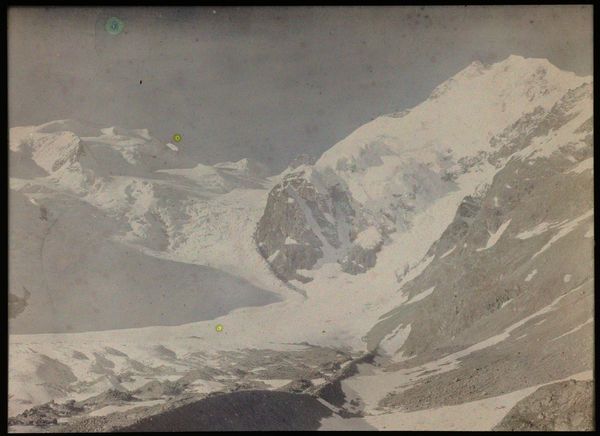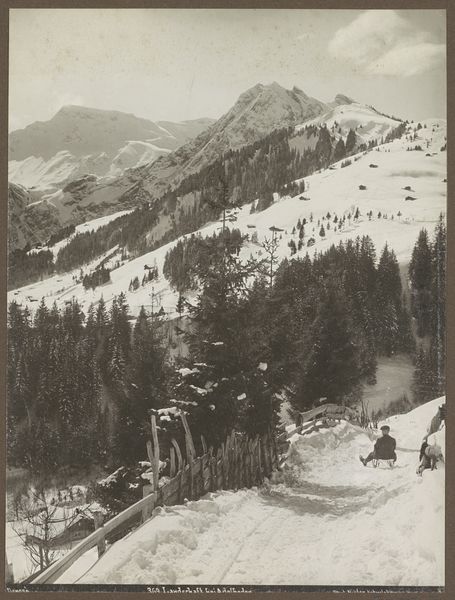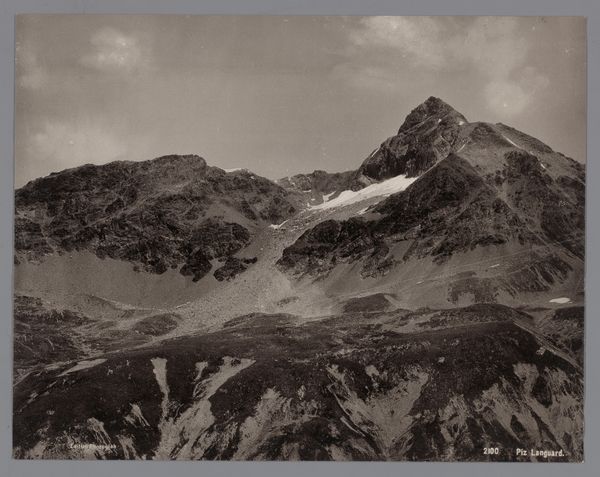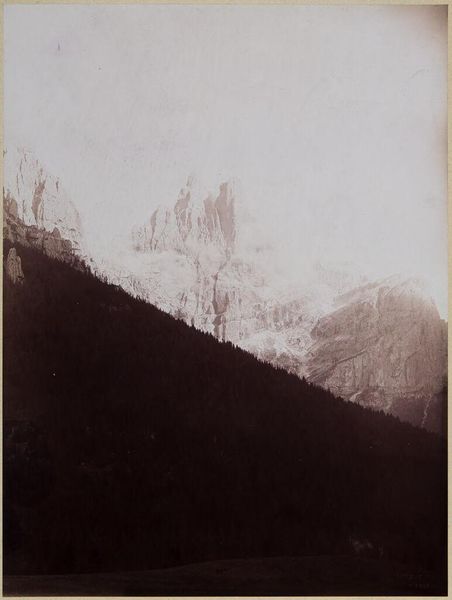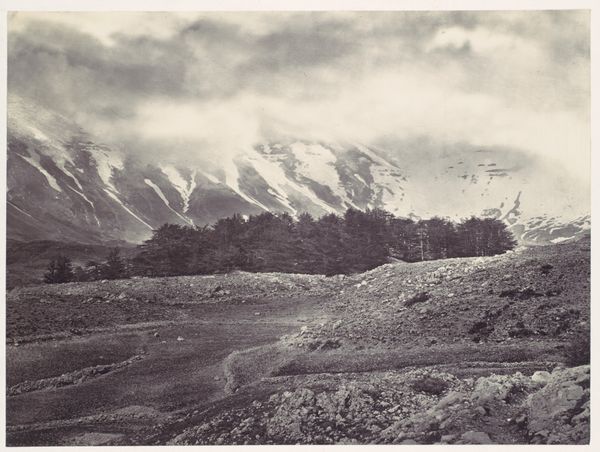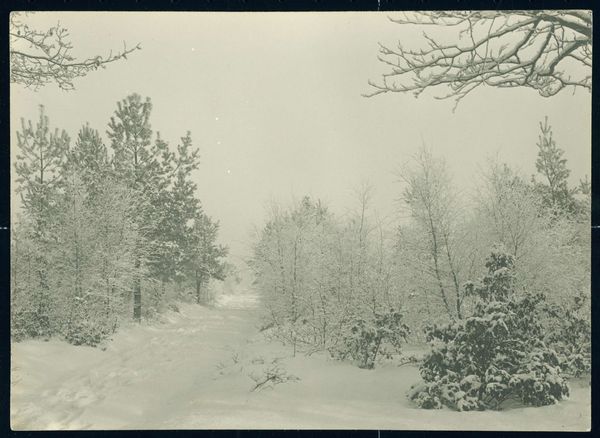
photography
#
landscape
#
photography
#
realism
Dimensions: height 90 mm, width 119 mm
Copyright: Rijks Museum: Open Domain
Editor: Here we have "Berglandschap met drie figuren," or "Mountainous Landscape with Three Figures" by Adolphe Burdet, sometime between 1907 and 1930. It’s a photograph that presents this grand vista, yet it feels strangely intimate, almost like a memory fading at the edges. What strikes you about this piece? Curator: What immediately captures my attention is the context of landscape photography at the turn of the century. Photography, once considered a purely documentary medium, was increasingly seen as capable of artistic expression. Burdet uses the photographic medium here not just to capture, but to curate a view – selecting, framing, and, crucially, presenting this landscape in a way that speaks to a particular understanding of nature and humanity's place within it. Notice how the figures are placed, almost as witnesses. How does that strike you? Editor: They seem dwarfed by the scale of everything around them. Maybe they’re supposed to invite us, the viewers, into the scene? Curator: Precisely. This relates to the burgeoning tourist industry and the romanticization of nature as a place of leisure and spiritual renewal at the time. Photography played a crucial role in popularizing these ideas. Images like these, exhibited in galleries and reproduced as postcards, encouraged travel and shaped perceptions of landscapes, contributing to the narrative of pristine nature that often masked complex social realities, especially for those who lived and worked there. The composition also invokes older landscape painting traditions – the picturesque and the sublime, framing nature as an experience both beautiful and awe-inspiring. Editor: So, it's not just a simple landscape, it reflects broader cultural trends? Curator: Exactly. Burdet's photograph isn't just a snapshot, but an artifact reflecting a specific historical and social context—the developing appreciation for the landscape that influenced tourist practices, perceptions of nature, and the role of art in shaping these viewpoints. It demonstrates how powerful photography was at the time and how it shifted cultural and social ideas. Editor: I never thought about landscape photos having such depth. Thanks, that's really helpful.
Comments
No comments
Be the first to comment and join the conversation on the ultimate creative platform.
